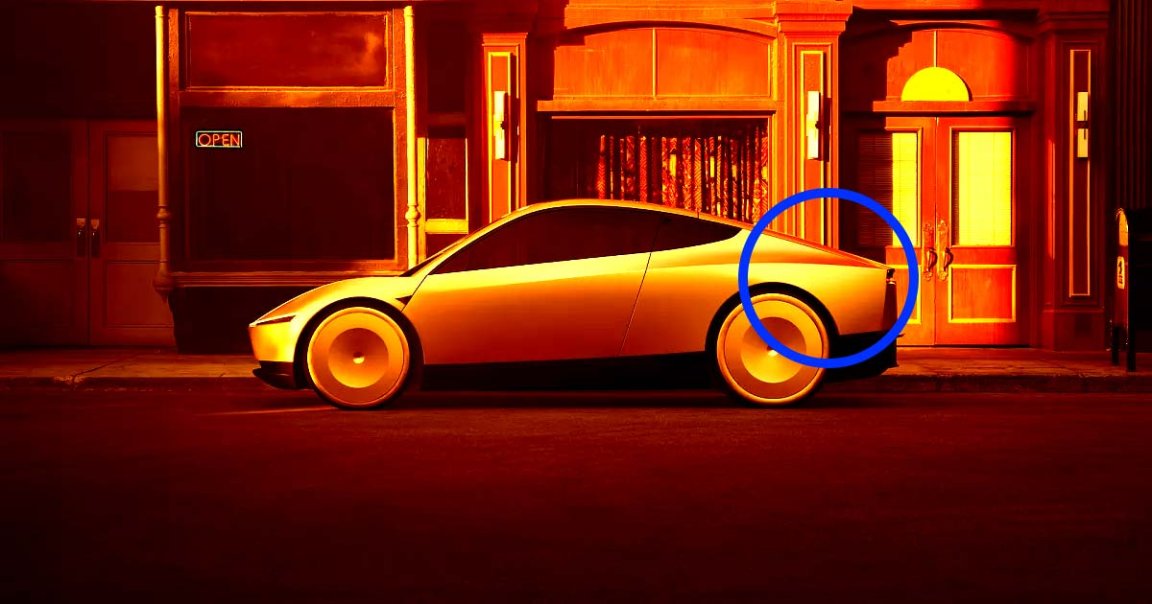
Ditching the Plug
During the company’s “We, Robot” event last night, Tesla CEO Elon Musk showed off what appeared to be an early prototype of a “Cybercab.”
Still several years from entering production, the vehicle will allegedly cost $30,000 and be able to make its owners money, kind of like owning an Airbnb.
Of course, given Musk’s deplorable track record when it comes to making lofty promises, we should take his robotaxi presentation with a grain of salt — something investors have seemingly taken to heart.
However, one proposed feature of the futuristic two-seater stood out. According to Musk, the vehicle will have no charging plug and will depend on wireless charging coils embedded in roadways instead.
That would make it an even bigger departure from a conventional passenger vehicle, raising even more questions as to when, if ever, it will actually be able to hit the road.
Inductive Reasoning
Musk remained extremely vague during the flashy event and a huge pile of questions remain unanswered.
For one, we don’t know how exactly the car will charge itself wirelessly, let alone how fast.
“Something we’re also doing is, and it’s really high time we did this, is inductive charging,” he said during the event. “So, The robotaxi has no plug. It just goes over the inductive charger and charges. So, yeah, that’s kind of how it should be.”
To be fair, we’ve already come across early prototypes of roads that can wirelessly charge vehicles or buses before. But despite plenty of interest from local governments, the concept seems quite far from becoming a reality.
Instead of building out entire roadways with chargers, Tesla is likely looking to embed individual chargers at certain points.
The car industry has already made considerable strides in developing such chargers. Earlier this year, the Department of Energy’s Oak Ridge National Laboratory (ORNL) set a new record, charging a Porsche Taycan at a peak power transfer rate of 270 kilowatts.
Nevertheless, wireless charging tech in its current state is still pretty slow and a public solution is probably still many years out.
Whether Tesla will be able to come up with a convenient and efficient enough solution in time for the rollout of its long-awaited Cybercab remains to be seen.
Besides, the company already has plenty of other regulatory hurdles to overcome, especially when it comes to a car that has no steering wheel or pedals driving itself on public roads.
More on the Cybercab: Tesla’s Hyped Robotaxi Event Was a Massive “Disappointment,” Investors Say